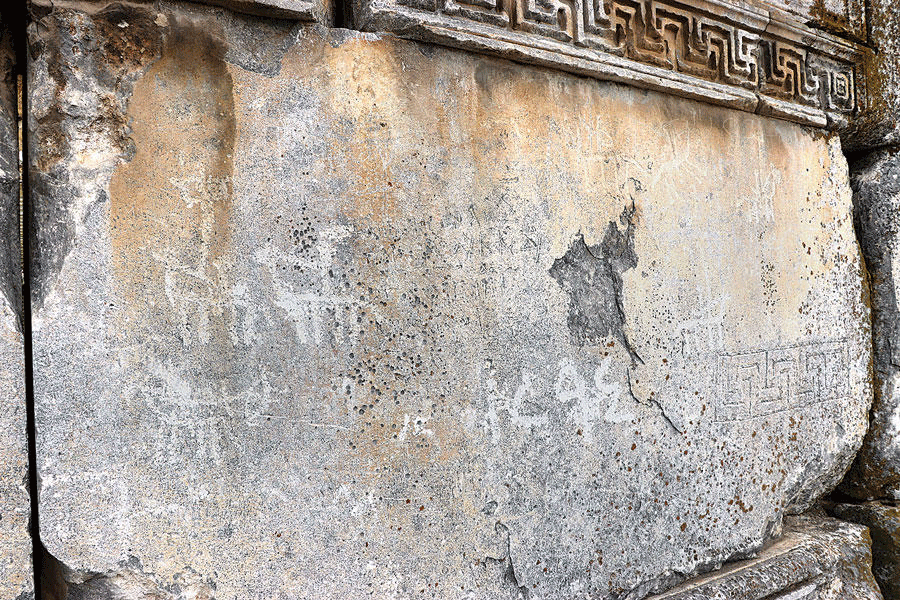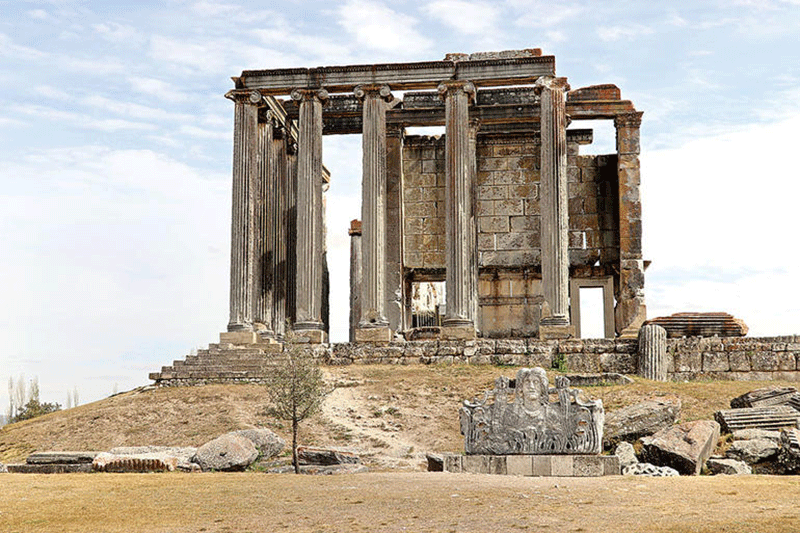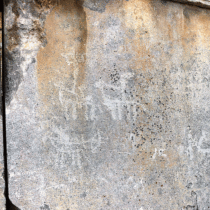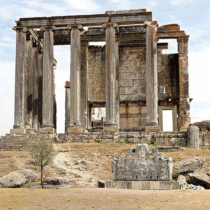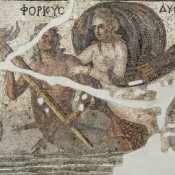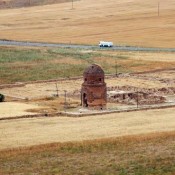Hundreds of figures drawn by Çavdar Turks on the Temple of Zeus in the ancient city of Aizanoi, in Turkey’s Kütahya province have been discovered, recorded and will soon be included in a book with studies.
The ancient city of Aizanoi is often described as the Second Ephesus and in 2012 it was included in the UNESCO World Heritage Tentative List. Among the various buildings that were excavated were a theatre, a stadium, two baths, the world’s first stock exchange building, a street, five bridges, two agoras, cemeteries, waterways, and the Temple of Zeus.
Inside the Temple of Zeus archaeologists have unearthed belongings of Çavdar Turks and Byzantines, evidence that they lived in the ancient city after the Roman period.
Professor Dr. Elif Özer, head of excavations at Aizanoi, said that archaeologists found about 400 figures at the temple and they were all examined and recorded by art historians one by one. After an inventory was made researchers concluded that there were five or six different groups of figures, such as warriors and their leaders, drawn larger with larger horses, smaller figures that probably represented the enemy, figures of cavalry and hunters.
The temple was also used by the Byzantines, as is indicated by crosses engraved on all the walls and by a lily prayer written for Mary. Also, the altar dating to the ancient Roman period was turned into a furnace in the Byzantine period to cook bread. A bread seal from the time was also found at the site.
